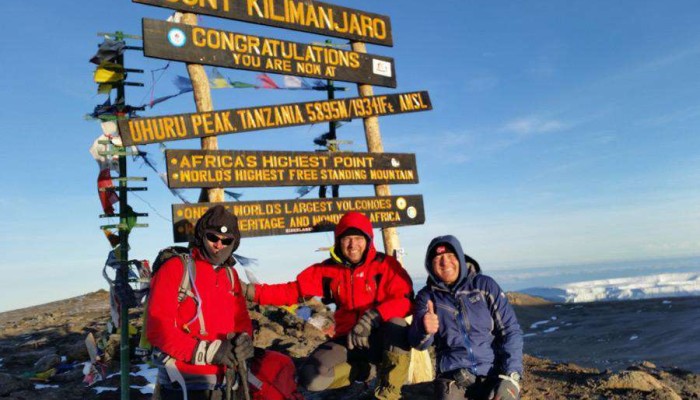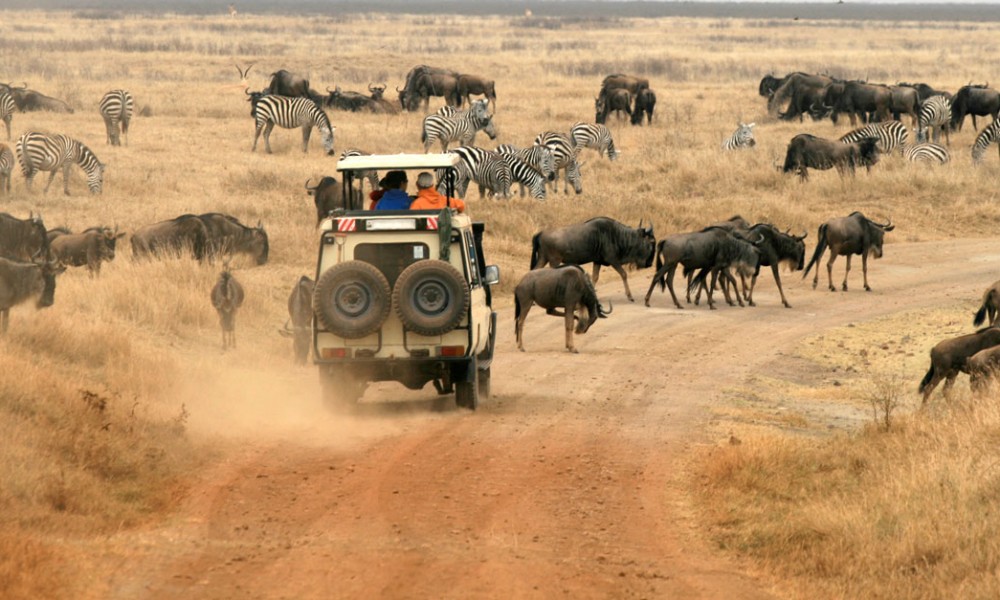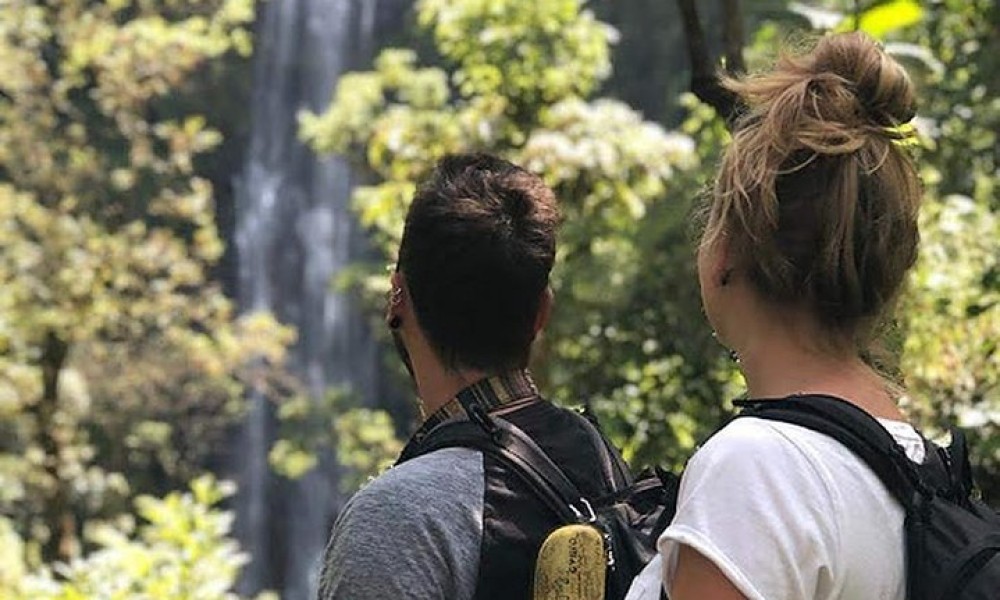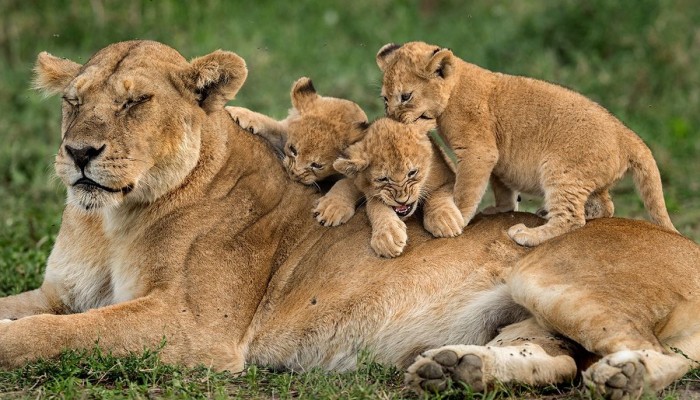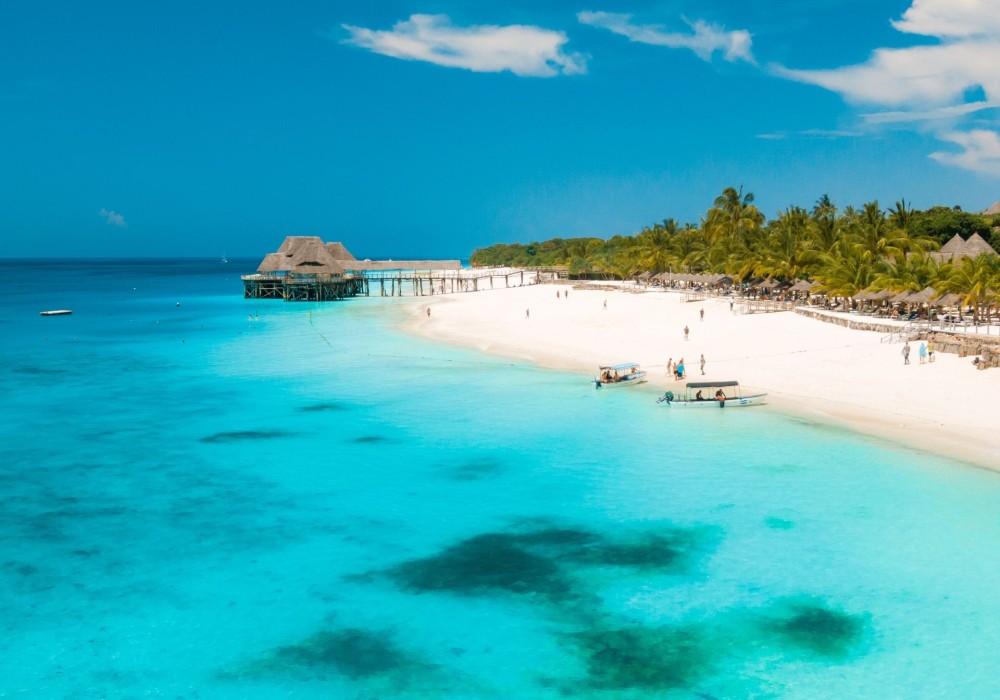BEST TIME TO CLIMB KILIMANJARO
When choosing the most suitable time to climb Mount Kilimanjaro, you should consider several factors: temperature, views, density of people on the route, level of difficulty and safety. However, the main factor that influences all the others is the weather. Mount Kilimanjaro is located in an equatorial climate zone; instead of four seasons (winter, spring, summer and autumn), the mountain experiences only rainy and dry seasons. Rainy seasons occur in April-May and November. Similar to other tropical countries, predicting exactly when the rain starts and ends is almost impossible. The remaining months are the "dry season", when most days are sunny, although this does not guarantee clear skies at 100%.
Main climbing seasons
There are two main climbing seasons: July-August-September and January-February. Many travellers take advantage of their summer or Christmas holidays at these times, while the weather conditions for climbing Kilimanjaro are perfect.
Rainy seasons scare away most climbers. In April, May and November, the likelihood of trekking in the rain is high. Rain softens the ground and makes rocks slippery, making climbing slower and more dangerous. However, landscape photographers particularly enjoy the rainy season in Tanzania. More rainfall means more snow on the summit, making it possible to capture Kilimanjaro's snow-capped peak. It is also the only time when you can avoid the 'peak hours' on the roads and enjoy privacy walking on trails covered in virgin snow.
When is the best time to climb Kilimanjaro?
- April-May: The 'big' rainy season begins in late March and continues until mid-May. April marks the start of the coldest period of the year in Tanzania. These months have significantly fewer climbers, but there is a high probability of walking in the rain.
- June-July: The frequency of rain gradually decreases. The weather on Kilimanjaro is fairly dry and clear, but nights are still cold. June is a calm and sunny month, ideal for an adventure with virtually private routes. From July onwards, the routes become busier.
- August-September: High season for climbing. The weather is ideal: clear and slightly warmer days. However, there may be cloud in the forest zone and rain on the southern routes (Machame and Umbwe). Once you get out of the forest, the weather will be sunny.
- October: An underestimated month. Weather conditions are good until the middle of the month, and there are few climbers, allowing you to enjoy the trails almost alone. At the end of October, the weather becomes more variable.
- November: Small" rainy season. Rains can extend until mid-December. Temperatures drop and fog covers the mountain, making the climb more challenging but exciting. It is a good time to get impressive photos of the snow-capped peak.
- December-January: Christmas and New Year are the second busiest season. Although traffic is high, there is a good chance of rain and thick clouds at lower altitudes.
- Mid-January to mid-March: Very popular season. The climate is balanced: not too cold and not too wet. Days are generally dry, although there may be occasional showers. The probability of rain increases in the second half of March.
Temperature on Kilimanjaro
Mount Kilimanjaro has four distinct climatic zones:
- Rainforest zone (800-3,000 m): Warm and humid, with average temperatures of 12-15°C (20-25°C during the day) at 2,900m. Here you will spend the first few days depending on the route.
- Low alpine zone (3,000-4,200 m): Semi-arid area, with sparser vegetation. Temperatures average 5 to 10 °C (15 to 20 °C during the day) at 3,600 m.
- High alpine zone (4,200-5,000 m): Similar to a desert, with temperatures close to freezing at 5,000m. Here you will spend the days before the final ascent.
- Glacial zone (over 5,000 m): The average temperature is -6 °C, but during the night it can drop to -20 °C, and with strong winds it can feel as low as -40 °C.
Useful information
If you choose to climb at a less favourable time to avoid crowds or for your own holiday, consider the Northern Circuit or Rongai routes. The north side of the mountain is drier than other routes. Also, if you prefer good weather but no crowds, the Rongai, Lemosho and Northern Traverse routes are less crowded than the popular Machame and Marangu.
At Wildmaps TravelWe believe you can enjoy Mount Kilimanjaro at any time of the year. The key is preparation. In September you may only need one thermal layer, while in November you may need three sets of waterproof clothing. Whatever season or route you choose, we will do our best to make your climb the experience of a lifetime!
